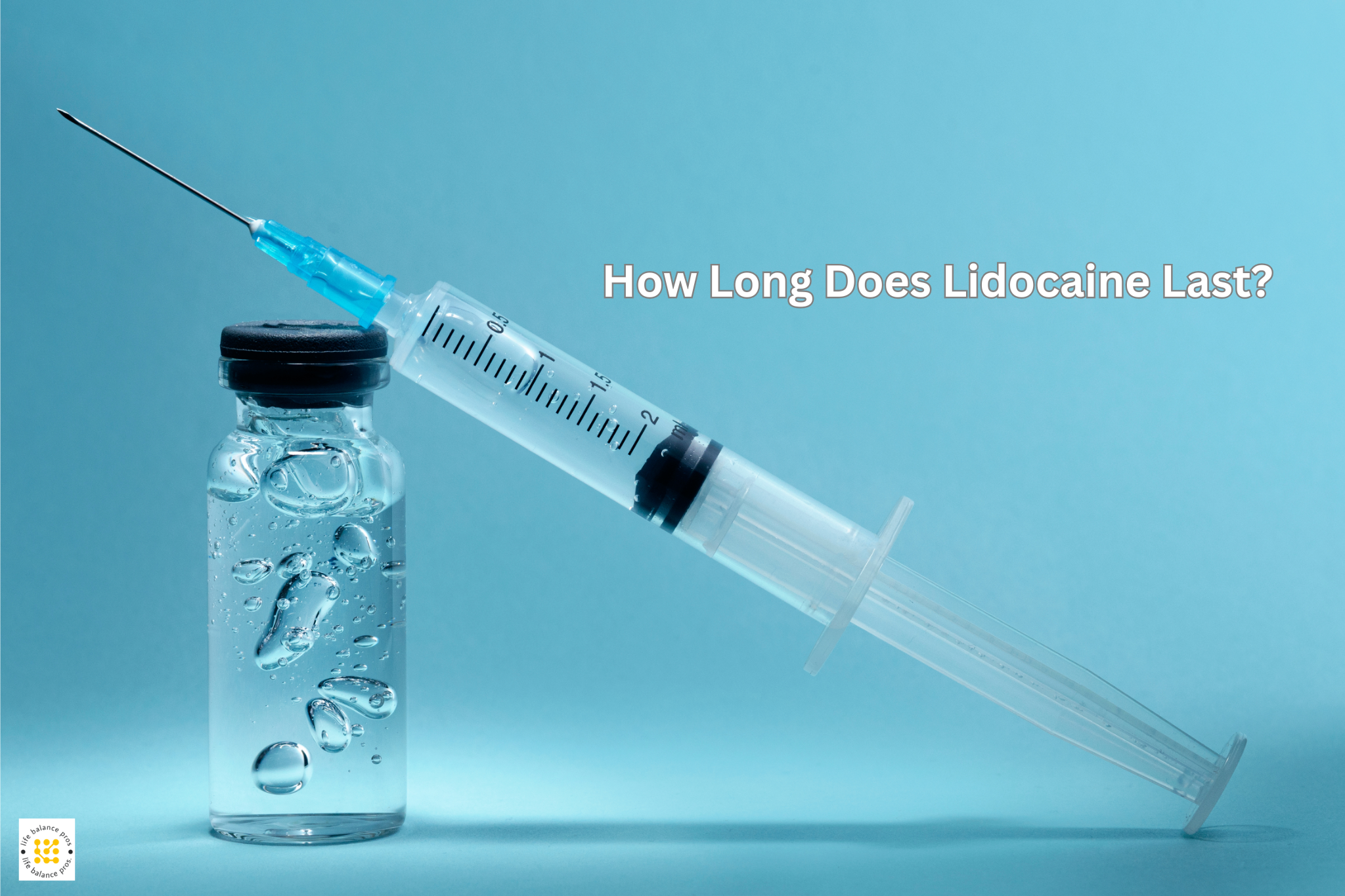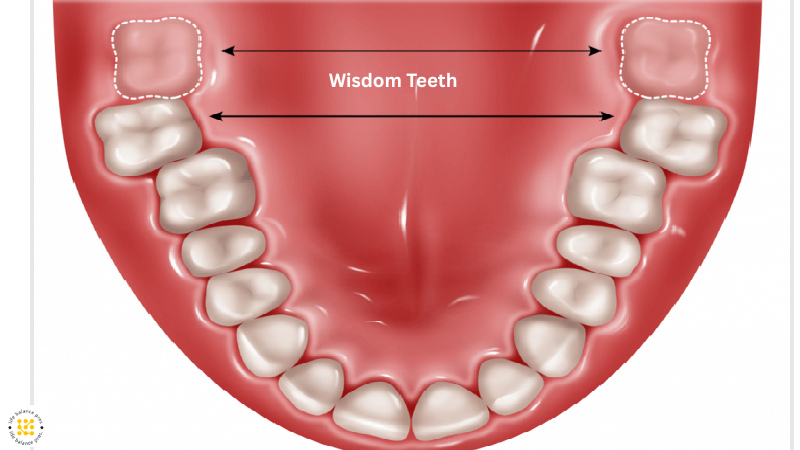Acknowledge the Concern
We get it—before any dental work, minor surgery, or even skin treatment, one question pops up: how long will I stay numb? The thought of losing feeling in part of your body, even temporarily, can be a little unsettling. Whether it’s your first time or your tenth, the unknown always brings a bit of nervous energy.
Promise a Clear Answer
That’s precisely why we’re here. To break down how long lidocaine lasts, what to expect, and how to make your experience smoother. Understanding what’s happening with your body helps ease anxiety—and makes the whole thing feel more manageable.
Preview the Solution
From how long it takes to wear off to what affects its duration, this article covers everything you need to know. We’ll even share some personal tips to make the process more comfortable.
What Is Lidocaine and How Does It Work?
Lidocaine is a local anesthetic—basically, it temporarily blocks nerves from sending pain signals. It’s one of the most common numbing medications used in medicine and dentistry.
You’ll find lidocaine in injections, creams, patches, sprays—you name it. Dentists use it before procedures. Dermatologists use it before removing skin tags or warts. And it’s even found in over-the-counter pain-relief creams.
For more medically-reviewed details, check the National Library of Medicine’s Lidocaine Drug Information Portal. It’s a great place for understanding dosage, usage, and precautions from a trustworthy source.
How Long Does Lidocaine Last?
Let’s get to it. The big question: how long does lidocaine last?
On average, lidocaine numbs an area for 30 minutes to 3 hours. But depending on how it’s given—whether injected, applied topically, or used as a patch—the time can vary:
- Injections: 1 to 3 hours of numbness
- Topical creams or gels: 20 to 60 minutes
- Patches: Up to 12 hours of relief
Some people may feel numb a bit longer depending on body type, blood flow, and where the medication is applied.
How Long Does Lidocaine Last After Injection?
Injections go deeper under the skin, so their effects usually last longer. If you’re at the dentist getting a cavity filled, for example, the lidocaine injection kicks in within minutes and may keep your cheek or lip numb for 2 to 4 hours.
For minor skin procedures, the sensation might return sooner—closer to 1.5 or 2 hours. It’s normal to feel a bit tingly or “fuzzy” as the sensation comes back.
How Long Does Lidocaine Numbness Last in the Mouth?
This is where most people get surprised. If your tongue or lips feel fat and clumsy, blame lidocaine. After a dental injection, numbness in your mouth or lips can last up to 4 hours, especially in soft tissues.
So, if you’re heading to a lunch date after the dentist—maybe reschedule. Chewing, drinking, and even talking can feel awkward until the numbness fades. Most dentists suggest waiting at least a few hours before eating, especially hot foods.
How Long Does Lidocaine Last in the Skin or Topical Use?
When used as a cream or gel on the skin, lidocaine starts working within 10 to 15 minutes and usually lasts 30 minutes to an hour.
Some lidocaine creams are used before cosmetic procedures like laser hair removal or microneedling. These wear off quickly.
Now, patches are a different story. They’re often used for things like nerve pain or arthritis. The Lidoderm® 5% patch, for example, is approved to deliver relief for up to 12 hours. You can find the detailed prescribing information from the FDA here: Lidoderm Patch Label PDF.
What Affects How Long Lidocaine Lasts?
Not everyone responds the same to lidocaine. Several things can make it wear off faster—or last longer:
- Dose and strength: Higher doses give longer relief
- Type of application: Injection lasts longer than cream
- Area of the body: Lips stay numb longer than skin
- Your body: Weight, metabolism, blood flow, and even stress can play a part
- Other medications: Sometimes doctors add epinephrine to lidocaine to make it last longer by narrowing blood vessels
Everyone’s body is different, and even the same person might have different experiences depending on the procedure or area treated.
Can You Make Lidocaine Last Longer?
Sort of. You can’t hack it, but these tips might help:
- Don’t move or massage the area where it was applied
- Stay relaxed—stress can increase blood flow and speed up how fast the drug wears off
- Talk to your doctor about whether epinephrine might help extend the effect
But be careful. While it’s tempting to want the numbness to stick around longer if you’re dealing with pain, too much lidocaine can be harmful if misused.
Common Questions You Might Have
Q: Can I eat right after a dental procedure with lidocaine?
A: It’s best to wait. You could bite your lip or tongue without realizing it.
Q: Is it safe for kids?
A: Yes, but only when the dose is adjusted for their weight and size. Always under medical supervision.
Q: Will it make me feel sleepy or dizzy?
A: Lidocaine used locally shouldn’t make you feel that way. But if it gets into your bloodstream in large amounts, it could. Let your provider know if you feel anything strange.
Q: What should I do if the numbness won’t go away?
A: If it’s been more than 6 hours and you’re still numb, give your provider a call. It could be a delayed effect, but it’s better to check.
Let’s Be Honest: It Feels Weird, But It Works
We’ve helped people through everything from root canals to skin biopsies, and if there’s one thing we’ve learned—it’s that knowing what to expect helps. Yes, numbness is weird. It can make your face feel like a balloon or make walking funny if it’s in your leg.
But lidocaine does precisely what it’s meant to do: it helps you avoid pain during something that would otherwise really hurt.
When you know how long lidocaine lasts, you can plan better. You can go into your appointment calmly and come out confident.
Let’s Make Your Next Visit Easier
We care about making your experience smoother. Whether you’re facing your first dental filling or managing long-term nerve pain, understanding how lidocaine works puts the power back in your hands.
If you ever feel unsure, reach out. We’re here to walk you through it—one step, one answer, and one pain-free experience at a time.
Is a procedure coming up? Let’s talk about how to make it more comfortable for you.




